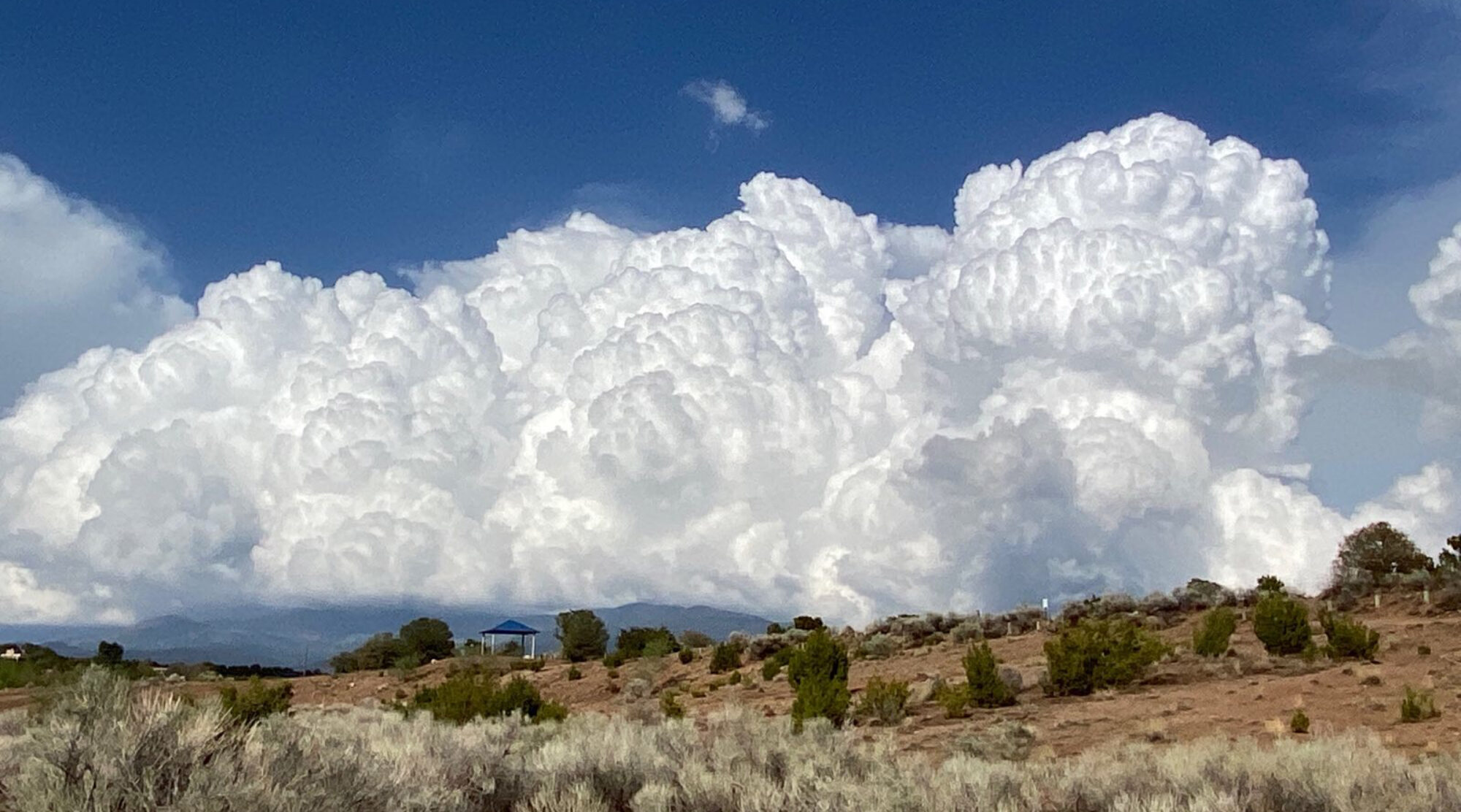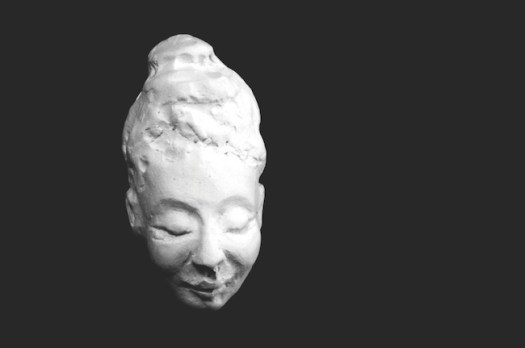Marking both her 75th birthday and three decades of living and working in New Mexico, Local Color: Judy Chicago in New Mexico 1984-2014 opens at the New Mexico Museum of Art on June 6, 2014 and runs through October 12, 2014.
PUBLIC RECEPTION: Friday, June 6, 5:30 – 7:30 PM, hosted by the Women’s Board of the Museum of New Mexico. Free and open to the public.

The exhibition will focus on both large-scale public projects and smaller scale personal artworks, and will be among the first to spotlight recent works by Judy Chicago.
Like many artists before her, Chicago has made New Mexico her home; when this exhibition opens she will have lived and worked in New Mexico for three decades – a longer stay for the artist than in her birthplace of Chicago (which inspired the last name she gave herself) or in California where she first made her mark as an artist and educator. Based in Belen, NM, where she and her husband renovated the old Belen Hotel, Chicago has said, “Until we moved into the Belen Hotel, I never owned any property as I didn’t want the responsibility – what I wanted was the freedom to work. And that’s what New Mexico has given me, far away from the centers of the art world (i.e., New York and LA) where the international art market presses down on artists and makes it difficult to pursue a personal vision like my own.”
Chicago gained broad public attention in the late 1970s for her monumental feminist installation, The Dinner Party by Judy Chicago, now permanently installed as part of the Elizabeth A. Sackler Center for Feminist Art at the Brooklyn Museum of Art. While her early works gave voice to women’s experience in western art and history these later works broaden the discourse to propose a moral and thoughtful existence – one empathetic towards other humans, other species and the planet as a whole.
Local Color focuses on artworks made in New Mexico, those both large in theme and those more personal in use and content. Drawn from the artist’s studio, the New Mexico Museum of Art collection, and private collectors, this exhibition features works from the series PowerPlay, Holocaust Project, Nuclear Waste(d), Resolutions: A Stich in Time and Kitty City. Never one to pull back from controversial discussion, in these works Chicago addresses the complexity of gender, injustice, inequality, the atrocities of war, and the environmental costs of nuclear dependence.
The installation will not only highlight the broad range of topics the artist has addressed in her work but also the broad range of media she has worked in with the inclusion of cast bronze, needlework, stained and painted glass, works on paper, and painted porcelain.
Local Color: Judy Chicago in New Mexico 1984-2014 is one of a series of exhibitions, events, and publishing activities around the country marking the artist’s 75th birthday. More information may be found here: https://app.box.com/s/
Among the museums where Chicago’s work is in the permanent collections are the British Museum, the Brooklyn Museum of Art, the Getty Trust, the Los Angeles County Museum of Art, the National Gallery, the National Museum of Women in the Arts, the Pennsylvania Academy of Fine Arts, and the San Francisco Museum of Modern Art.
IMAGE CAPTION: Judy Chicago, The Return of the Butterfly, from A Retrospective in a Box, 2012, Lithograph, New Mexico Museum of Art; museum purchase, 2013


 Santa Fe Collective creates an opportunity for people to afford unique, smart, handmade things, and it creates direct support to the artists who think up and make those things. All about affordable art, craft and design conceived and produced in the high desert of Northern New Mexico:
Santa Fe Collective creates an opportunity for people to afford unique, smart, handmade things, and it creates direct support to the artists who think up and make those things. All about affordable art, craft and design conceived and produced in the high desert of Northern New Mexico:







